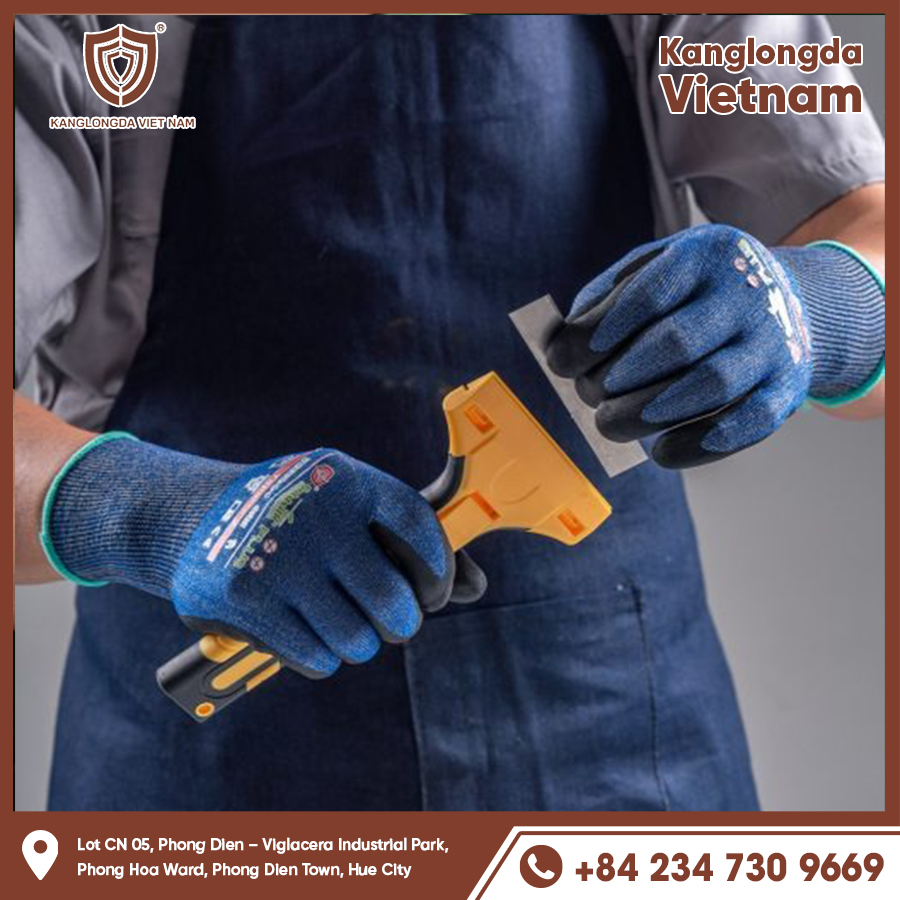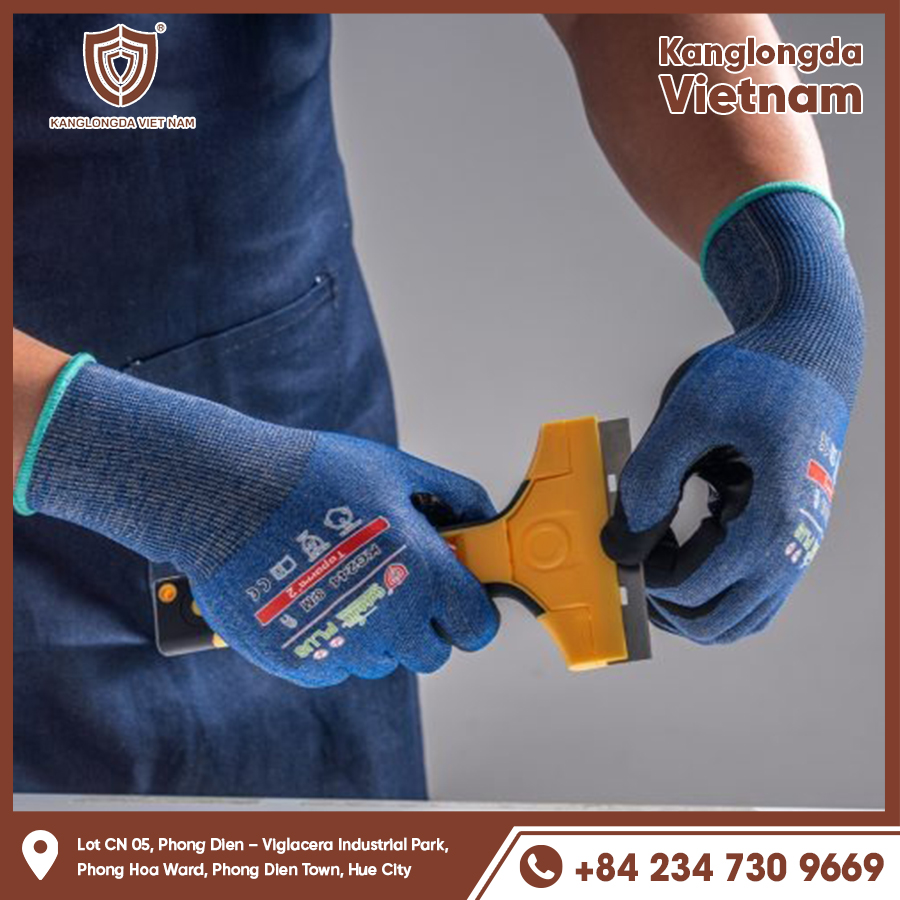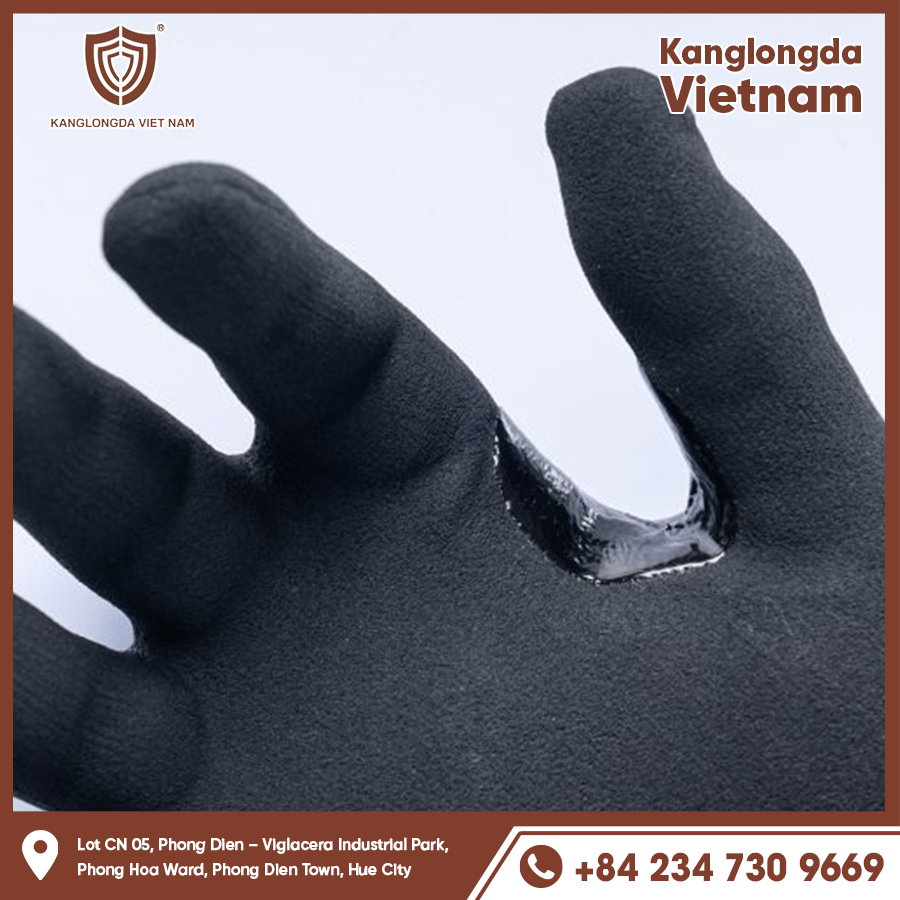Waterproof gloves are an essential accessory for anyone who spends time outdoors or in wet environments. From winter sports enthusiasts to outdoor workers and daily commuters, gloves provide the necessary barrier against water and cold, keeping hands dry, warm, and comfortable. Unlike regular gloves, waterproof gloves are specifically designed to repel water while maintaining breathability and dexterity. This guide explores everything you need to know about gloves—their types, benefits, how to choose the right pair, and tips for proper care to maximize their lifespan.

What Are Waterproof Gloves? Understanding Their Purpose and Types
Waterproof gloves are gloves made with special materials and technologies that prevent water from penetrating the glove’s exterior. This protective layer ensures that your hands stay dry even during heavy rain, snow, or exposure to water. Additionally, gloves are designed to keep your hands warm by blocking wind and cold air.
Materials Used in Waterproof Gloves
The effectiveness of waterproof gloves primarily depends on the materials and membranes used during manufacturing:
-
Gore-Tex: A popular waterproof and breathable membrane that repels water while allowing sweat vapor to escape, keeping hands dry from both external moisture and internal perspiration.
-
Neoprene: Often used in gloves for aquatic activities, neoprene is a synthetic rubber that offers flexibility, insulation, and water resistance.
-
Polyurethane and PVC Coatings: These coatings add waterproof properties to gloves, particularly work gloves, by sealing the outer surface.
-
Nylon and Polyester Fabrics: When treated with durable water-repellent (DWR) finishes, these fabrics help shed water effectively.
Each of these materials is chosen depending on the intended glove use, balancing waterproofing, warmth, flexibility, and durability.
Types of Waterproof Gloves
There is a wide range of gloves designed for different environments and activities. Understanding the types helps you pick gloves tailored to your needs:
-
Winter Gloves: Designed for cold climates, these gloves combine waterproof membranes with insulating layers such as fleece, Thinsulate, or wool to provide warmth and dryness.
-
Work Gloves: Made for construction workers, landscapers, and outdoor laborers, these gloves offer heavy-duty protection against water, dirt, and abrasions, often featuring reinforced palms and fingers.
-
Sport and Outdoor Gloves: Used for skiing, hiking, cycling, or fishing, these gloves emphasize flexibility and grip while maintaining waterproof properties. Some include touchscreen-compatible fingertips for convenience.
-
Lightweight Gloves: Ideal for rainy but mild weather, these gloves offer basic waterproofing without much insulation, perfect for commuters or casual outdoor use.
Waterproof vs Water-Resistant Gloves
It’s crucial to differentiate between waterproof and water-resistant gloves. Gloves offer a complete barrier to water, preventing any ingress even in heavy rain or immersion. Water-resistant gloves, on the other hand, repel water to some extent but may eventually allow moisture through when exposed to prolonged wet conditions. If you frequently face harsh weather, gloves are the better investment.
Benefits of Waterproof Gloves: Why You Should Invest in Them
Gloves are more than just a protective layer against moisture—they provide multiple practical benefits that improve your outdoor experience.
Protection from Harsh Weather Conditions
Gloves shield your hands from rain, snow, and wind, preventing discomfort and potential health risks such as frostbite or skin irritation. When your hands stay dry, you avoid the numbness and chapping often caused by exposure to cold moisture.
Enhanced Comfort and Dexterity
Modern gloves utilize breathable membranes that allow sweat and moisture vapor to escape while keeping rain out. This ensures your hands don’t become clammy or overheated during physical activity. Additionally, ergonomic designs and stretch materials provide excellent finger mobility, allowing you to perform tasks without removing your gloves.
Versatility Across Different Activities
Whether you’re commuting to work, tackling yard work, or skiing down snowy slopes, gloves adapt to your lifestyle. Many gloves include practical features such as adjustable cuffs to keep out cold air, reinforced palms for grip and durability, and even touchscreen-compatible fingertips for smartphone use.

How to Choose the Right Waterproof Gloves: Factors to Consider
Picking the right gloves can be challenging given the many options available. Keep these factors in mind to find gloves that fit your needs perfectly.
Material and Construction Quality
Look for gloves featuring proven waterproof membranes like Gore-Tex or similar technologies. High-quality outer fabrics should be durable and abrasion-resistant to withstand rough use. Also, check the lining material—fleece and Thinsulate are great for warmth, while moisture-wicking liners help keep hands dry from sweat.
Proper Fit and Sizing
Gloves should fit snugly without being too tight, which could restrict circulation and reduce warmth. A well-fitted glove also prevents water from entering through gaps between the glove and your wrist. Measure your hand circumference and length according to manufacturer size charts and, if possible, try on gloves before buying.
Purpose and Additional Features
Consider your primary use case:
-
For heavy outdoor work, reinforced waterproof work gloves are best.
-
For winter sports, insulated gloves with waterproof membranes and good grip are ideal.
-
For casual use or mild rain, lightweight gloves offer comfort without bulk.
Look for features like adjustable wrist straps, long cuffs for snow protection, and touch-screen capability if you use your phone outdoors.
Caring for Waterproof Gloves: Maintenance Tips to Extend Their Life
Proper maintenance helps preserve the waterproof properties and prolongs the life of your gloves.
Cleaning Waterproof Gloves Safely
After use, clean gloves with lukewarm water and mild soap. Avoid harsh detergents or bleach that can damage membranes. For leather gloves with waterproof treatments, use leather-specific cleaners and conditioners. Machine washing is generally not recommended unless the manufacturer explicitly permits it.
Reapplying Waterproof Treatments
Over time, the durable water-repellent (DWR) coating on gloves can wear off, causing water to soak instead of bead up on the surface. Use spray-on or wash-in waterproofing treatments designed for gloves to restore this protective layer. Follow the product instructions carefully to avoid damage.
Proper Storage Practices
Store your gloves in a cool, dry place away from direct sunlight and heat sources, which can dry out materials and cause cracking. Make sure gloves are completely dry before storing to prevent mold and mildew. Using glove racks or flat storage helps retain their shape.
Popular Brands and Models of Waterproof Gloves
Choosing gloves from reputable brands ensures quality, durability, and performance.
Gore-Tex Waterproof Gloves
Gore-Tex technology is widely regarded as the gold standard in waterproofing. Many outdoor brands incorporate Gore-Tex membranes into their gloves, offering top-tier water resistance combined with breathability.
Outdoor Research and The North Face
Both brands offer a wide selection of gloves designed for extreme weather conditions and outdoor activities. Their gloves often feature insulation, adjustable cuffs, and reinforced palms for durability.
Mechanix Wear for Work and Tactical Gloves
Mechanix Wear produces highly durable, gloves designed for industrial and tactical use. Their gloves offer superior grip, protection, and waterproof performance for demanding environments.
Frequently Asked Questions About Waterproof Gloves
Can waterproof gloves get wet inside?
If properly fitted and constructed with reliable waterproof membranes, gloves should prevent water from entering inside. However, poor fit or damage to the gloves can allow moisture ingress.
Are gloves breathable?
High-quality gloves feature breathable membranes that allow sweat vapor to escape, reducing clamminess inside. However, cheaper gloves may lack this feature, resulting in sweaty hands.
How long do gloves last?
With proper care, gloves can last several seasons. Longevity depends on material quality, usage frequency, and maintenance.

Waterproof gloves are indispensable for anyone exposed to wet or cold conditions. They provide reliable protection against rain, snow, and wind while maintaining comfort and dexterity. Whether for outdoor work, winter sports, or everyday use, the right gloves improve your experience by keeping your hands dry, warm, and functional.
Investing in high-quality gloves, caring for them properly, and selecting models suited to your activities ensures durability and satisfaction. Don’t let wet hands ruin your day—choose gloves and enjoy protection and comfort in all weather conditions.
Thời Gian Đăng: 30/05/2025






